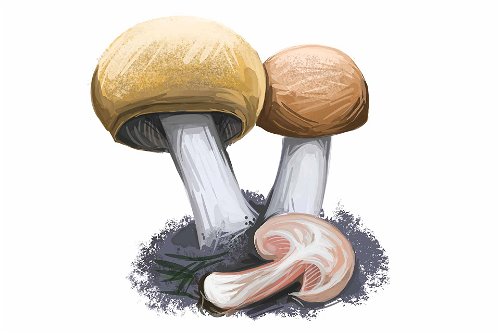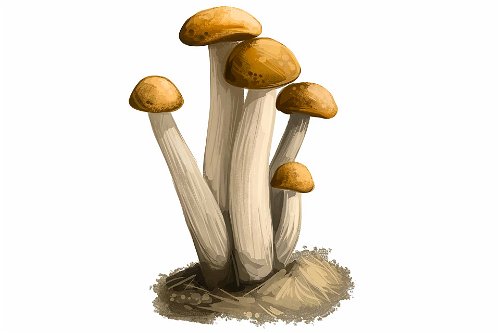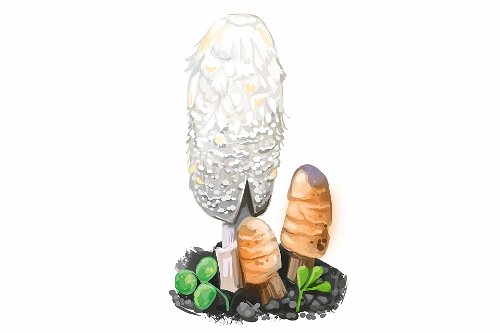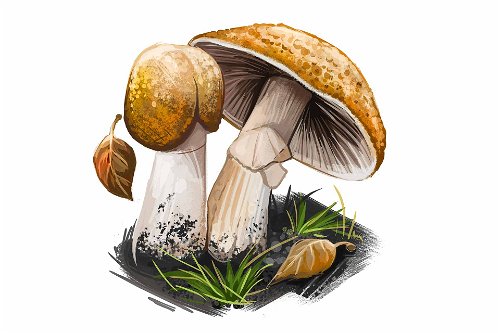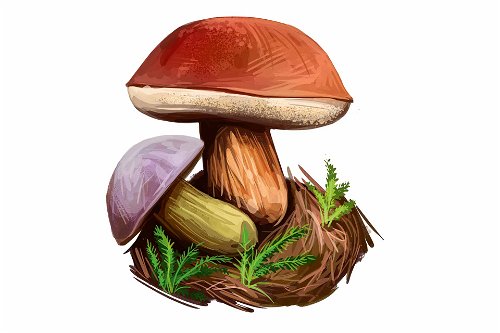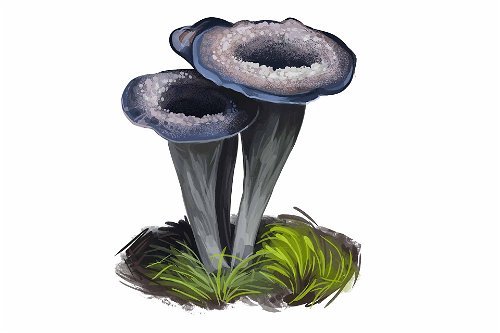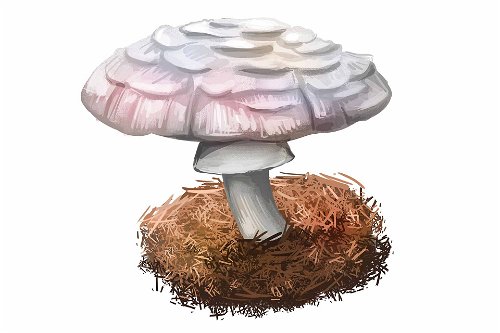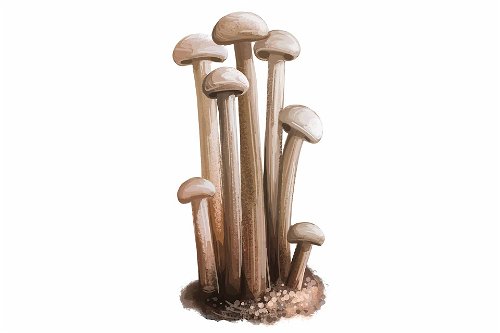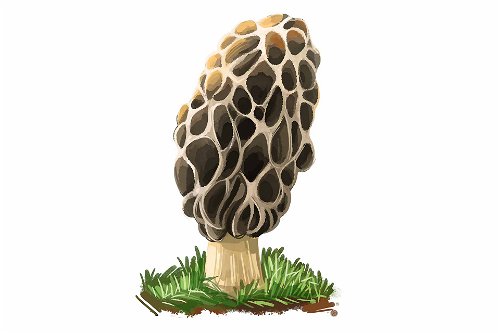Everything you need to know about mushrooms
It's only right that the greatest delicacies are just lying around in the forest and all you have to do is pick them. But getting up early is unavoidable. Falstaff was in the forest...
There are delicacies that even a lot of money cannot buy. Or at least only very, very rarely. When was the last time you saw a rufous hen at the market, for example, or an emperor mushroom? Exactly. They are freely available to everyone in the forest - you just have to find them.
Curly hen and emperor mushroom are delicious but rarely traded mushrooms. Glucke, a coral-shaped, fleshy mushroom with a wonderful aroma, grows preferably on old pine trunks. In good years it is easy to pick, for example in the Waldviertel. The Kaiserling, so named because the Roman Caesars held it in high esteem, can be tracked down in southern Burgenland, at least for skilled collectors.
Fortunately, these two are only a tiny sample of the delicacies that sprout from the forest floor; there are said to be around 1,000 edible mushroom species worldwide - at most a dozen of them regularly make it onto our plates. There's still plenty to discover in local forests, too, from the garlic swallow (nomen est omen) to some species of russula, which are as hot as a chili and make a great condiment in small doses.
Mushrooms are among the most delicious things that nature has produced; some are so good enjoyed all by themselves that there is nothing to add to them, almost like raw seafood. A thinly sliced fresh porcini mushroom, for example, doesn't need much more than a little salt, good olive oil and goat cheese to reach flavourful perfection. Others have the gift of making everything they come into contact with better; there's little good that doesn't become even more delicious with a bit of shaved truffle on top.
Great chefs around the world are therefore increasingly discovering the realm of mushrooms for themselves. Michael Ryan, for example, chef of the legendary "Elements" in Princeton, likes to grill local matsutake, a rare species otherwise only appreciated in Japan; "Noma" in Copenhagen sometimes had dozens of mushroom species on the menu during the season when it was one of the best restaurants in the world, and in Austria, Heinz Reitbauer has been experimenting with mushrooms for years. Taste bombs from the forest.
One big reason mushrooms taste so good to us is that they contain quite a bit of glutamate and other free amino acids. They are therefore natural flavour enhancers. Most of them become even more intensely aromatic when dried. A classic are porcini mushrooms cut into thin slices or autumn trumpets dried whole, but also witches' tubes or parasol stems are wonderful to dry. All of them ensure that, for example, an ordinary soup becomes great.
If you like to eat your mushrooms fresh, it is best to save them only for a short time and store them cold, because they do not get better with time. Washing, quite against persistent myths, is not a problem. Mushrooms consist mostly of water anyway and this does not become more so when they are briefly rinsed. Just do not soak them, otherwise they can become saturated.
Some members of the edible mushroom family have achieved considerable fame and prices: the Japanese pay enormous sums for matsutake, the famous pine mushrooms with their aroma reminiscent of cinnamon (if you are lucky, you can sometimes find them in Carinthia). Huitlacoche, a type of corn mold, is priced highly in Mexico and mostly used for seasoning (and sometimes grows on organic corn in our country). And all over the world thousands of euros are paid for a kilo of white truffles from northern Italy or Dalmatia.
Other members of the family continue to work modestly in secret; who has heard of Penicillium roqueforti, that tubular fungus to which we owe the delicious blue cheese, or Penicillium camemberti, which, you guessed it, gives Camembert its white rind and much of its flavour? World-famous, however, are their cousins, those penicillins to which we owe antibiotics and therefore, in many cases, our lives.
Some mushrooms, such as oyster mushrooms and champignons, are extremely easy to grow. They feed on dead organic material and can therefore be easily grown on old tree trunks, straw bales or even coffee brew in Viennese cellars (google "hat and stalk, Vienna"). Therefore, they have been cultivated since ancient times - at that time mainly in natural caves. This type of mushroom cultivation can be found to this day, for example, in Istria, in the area of Pula, and in Italy.
Others, however, live in symbiosis with trees. Their roots supply them with sugar, and the fungus, in turn, returns minerals. Because this symbiosis is complex and can hardly be copied, they stubbornly resist all (economic) domestication attempts. It is also the reason, in conjunction with the weather, why the forest yields baskets of mushrooms in some years, but hardly one or two specimens in others.
This type includes, of all things, the best among the mushrooms; besides the already mentioned truffles, for example, morels or Boletus edulis, as the porcini mushroom is called in technical language.
It was already highly valued by the ancient Romans and also used as a medicine, for example, against freckles. Nevertheless, they called it porcine mushroom, either because the small, young fruiting bodies reminded them of freshlings, or because the wild boars loved to eat the mushroom so much. Its Italian name, porcino, little pig, still bears witness to this today. Still no one has managed to successfully cultivate them. You may find that annoying - but it ensures that, in addition to their delicious fragrance, there is always a hint of gold-digger romance about them. And it ensures that some, as good as they may be, will remain a rare treat that money can rarely buy.
Recipe: seasoning sauce
If you have some mushrooms left over, you can use them to make a wonderful seasoning sauce that easily rivals soy sauce. It is best to use sections or mushrooms that have already passed their best moment.

